
Setting the Stage for a Digital Transformation
Good afternoon, esteemed colleagues and future business leaders. Today, I am honored to share with you a comprehensive journey—a story of transformation, perseverance, and data-driven marketing strategies that propelled a small language school's website traffic in the Philippines by an astounding 300% within six months. This is not just a tale of success; it encapsulates the critical lessons learned through trial, error, and ultimate triumph. Whether you are a business owner stepping into the digital marketing arena or an aspiring SEO analyst, this case study will provide valuable insights and actionable steps.
Background: Understanding the Starting Point
In early 2023, I partnered with a budding language school located in Manila, Philippines. This institution specialized in offering English and Filipino language courses primarily targeting locals eager to improve their communication skills for better employment opportunities. Though the school had a modest online presence—a functional website with basic content and a social media handle—it was struggling to attract meaningful traffic or generate conversions.
Reflecting on my initial assessment, the website saw fewer than 500 visitors monthly, with conversion rates hovering around 2%. Given the competitive nature of language education services in the Philippines, I knew that a strategic overhaul was necessary. The overarching goal was clear: increase website traffic and, more importantly, boost enrollments, thereby improving the school's digital footprint and revenue.
Step 1: Conducting a Thorough Website Audit
Every successful digital marketing campaign starts with understanding the current landscape. I started by conducting an exhaustive website audit, focusing on three pillars:
- Technical SEO: Page load speed, mobile responsiveness, URL structures, and sitemap submission.
- Content Evaluation: Quality, relevance, keyword usage, and user engagement metrics.
- Backlink Profile: Quantity and quality of inbound links, anchor text diversity, and domain authority.
The initial audit revealed several critical issues: slow page speeds (averaging around 6 seconds per load, particularly problematic on mobile devices common in the Philippines), thin content that lacked targeted keywords, and virtually no authoritative backlinks. Additionally, the site architecture was confusing for users and search engines alike.
Key Technical Metrics Before Optimization
| Metric | Value |
|---|---|
| Average Page Load Time | 6.2 seconds |
| Mobile Responsiveness Score | 55/100 |
| Domain Authority | 12 |
| Monthly Visitors | 470 |
| Conversion Rate | 2% |
Step 2: Keyword Research with a Philippines-Centric Approach
Recognizing the importance of localized SEO, I conducted keyword research tailored to the Philippines' unique language and search behaviors. Rather than relying on generic global keywords like "learn English online," I focused on long-tail keywords with regional relevance and lower competition such as "English classes in Manila," "Tagalog language school Philippines," and "best English tutor in Quezon City." This refinement was crucial because it aligned with the search intent of our target demographic.
These keywords served as a compass for content creation and on-page optimization. The research tools I employed included Google Keyword Planner, SEMrush, and Ahrefs, which enabled me to gauge search volume, keyword difficulty, and competitor analysis accurately. The process was data-driven and highly iterative, ensuring continuous alignment with audience preferences.
Step 3: Crafting Compelling, SEO-Optimized Content
One of the profound lessons from this experience was realizing the indispensable role content plays in attracting and engaging users. I initiated a content marketing campaign that included:
- Publishing detailed blog articles that answered typical questions about learning languages in the Philippines.
- Creating resource guides on language proficiency exams like TOEFL and IELTS.
- Developing student success stories and testimonials to build trust and social proof.
Every piece of content was meticulously optimized with our targeted keywords, including meta descriptions, headers, and alt-text for images. I ensured that the tone was friendly yet authoritative, addressing the readers directly and empathetically.
Example Blog Titles Created
- "Top 5 English Language Schools in Manila: A Comprehensive Review"
- "How to Prepare for the TOEFL Exam While Living in the Philippines"
- "Why Learning Tagalog Enhances Your Filipino Experience"
Step 4: Enhancing Website User Experience (UX)
Beyond content and SEO, the user experience demanded transformation. By collaborating with web developers, I spearheaded a redesign focused on:
- Mobile-first design: Considering that more than 70% of website traffic came from smartphones in the Philippines.
- Intuitive navigation: Simplified menus and clear call-to-actions (CTAs) such as "Enroll Now" and "Request a Free Trial Class."
- Page speed optimization: Compressed images, leveraged browser caching, and used a Content Delivery Network (CDN) to reduce latency.
This comprehensive approach not only reduced bounce rates but also dramatically improved session durations and page views per visitor, signaling enhanced engagement.
Step 5: Leveraging Local SEO and Google My Business
To maximize visibility in local search results, I optimized the school's Google My Business (GMB) profile by adding accurate business information, high-quality photos, and encouraging satisfied students to leave glowing reviews. This local SEO push was pivotal in appearing in the coveted "Local Pack" of Google's search results—a spot highly prized for businesses targeting geographically-bound customers.
Additionally, I created location-specific landing pages, optimizing each for neighborhoods and cities in Metro Manila, such as Makati, Pasig, and Quezon City. This tactic harnessed hyperlocal search intent and increased relevance.
Step 6: Running Targeted Social Media and Paid Campaigns
While organic SEO growth was underway, I simultaneously developed paid campaigns on Facebook and Google Ads, channeling budget towards well-researched demographic and interest segments. By focusing on Filipino millennials and young professionals interested in career advancement, the Facebook ads resonated well. I used PHP pricing models to manage budget allocation effectively, noting the cost breakdown:
| Campaign Type | Monthly Budget (PHP) | CPM (Cost per 1000 Impressions) | CTR (Click Through Rate) |
|---|---|---|---|
| Facebook Ads | 50,000 | 150 | 3.2% |
| Google Search Ads | 70,000 | 180 | 4.1% |
This hybrid approach accelerated brand awareness and provided immediate traffic spikes, which helped augment the SEO efforts through increased behavioral signals.
Step 7: Implementing Data-Driven A/B Testing for Continuous Improvement
Conversion rate optimization (CRO) was an ongoing priority. I set up rigorous A/B testing using tools like Google Optimize and Hotjar to experiment with variables such as CTA button colors, landing page layouts, and headline copy. One notable test involved changing the primary CTA from "Enroll Now" in blue to "Start Your Language Journey" in a vibrant orange. The result was a 15% lift in click-throughs.
These insights were invaluable, as continuous experimentation helped translate traffic into tangible leads and enrolments. The philosophy was clear: never stop testing and optimizing.
Step 8: Measuring Impact and Refining Strategy
By the six-month mark, measurable improvements were evident:
| Metric | Before (Month 0) | After (Month 6) | Percentage Growth |
|---|---|---|---|
| Monthly Visitors | 470 | 1,880 | 300% |
| Conversion Rate | 2% | 5.5% | 175% |
| Average Session Duration | 1:20 mins | 3:12 mins | 140% |
| Google My Business Reviews | 8 | 48 | 500% |
More importantly, the school's monthly enrollments doubled, directly impacting revenue streams in Philippine Peso terms, moving from roughly PHP 150,000 to PHP 375,000 monthly. This growth underpinned the sustained funding for further marketing initiatives and platform enhancements.
Key Takeaways and Insights
- Local SEO is King: Tailoring your SEO strategy to reflect local language and cultural nuances can be a game changer for businesses like language schools.
- Content Must Educate and Engage: High-value, user-centric content not only boosts rankings but builds trust and brand loyalty.
- UX Enhances SEO: A well-designed, fast, and mobile-friendly website amplifies SEO rankings and user retention.
- Data-Driven Decisions Win: Continuous A/B testing and analytics tracking provide irreplaceable insights into customer behavior—crucial for optimization.
- Synergy Between Paid and Organic: Combining paid advertising with organic SEO efforts leads to more sustainable and scalable growth.
In sum, the journey of growing a language school's website traffic by 300% was anchored on meticulous planning, relentless execution, and a relentless focus on analytics. For business owners in the Philippines and beyond, these lessons are not just theoretical—they are a roadmap to digital mastery in a fiercely competitive landscape.
Step 9: Harnessing the Power of Email Marketing
After establishing a strong foundation of traffic and engagement, the next phase was to nurture leads through targeted email marketing campaigns. Using a segmented mailing list based on previous website interactions and course interests, personalized content was dispatched regularly. Email sequences included welcome messages, course updates, success stories, special promotions, and language learning tips. This strategy not only improved user retention but also increased repeat enrollments.
Open rates averaged around 28%, while click-through rates hovered near 8%, significantly surpassing industry benchmarks for education services. Additionally, the ROI on email marketing was impressive — every PHP 1 spent yielded PHP 11 in revenue, a testament to its cost-effectiveness and scalability.
Step 10: Incorporating Video Marketing to Boost Engagement
Recognizing that video content dramatically enhances engagement, we began producing short, informative videos featuring instructors explaining key language concepts, student testimonials, and virtual tours of the school facilities. These videos were integrated into the website, social media platforms, and email newsletters.
Video content contributed to longer session durations on the site and higher share rates on social channels, amplifying organic reach. Platforms like YouTube and Facebook generated additional referral traffic, further diversifying the marketing funnel. Importantly, videos were optimized for SEO using descriptive titles, captions, and transcripts, ensuring discoverability in search engines.
Step 11: Building Strategic Partnerships and Community Engagement
To solidify the school’s reputation and expand reach, I fostered partnerships with local businesses, universities, and expatriate communities within the Philippines. Collaborations included referral programs, guest blog posts, webinars, and community workshops.
This cross-promotion strategy yielded authentic backlinks, boosting domain authority and enhancing SEO. Moreover, it established the school as a thought leader in the language education space, driving sustained, qualified traffic.
Step 12: Overcoming Challenges — Lessons from Failures
While the journey was marked by impressive growth, it wasn’t without setbacks. One prominent failure was the initial attempt at broad-reaching paid ads targeting general English learners without regional focus. This resulted in a high bounce rate and low conversion, demonstrating the vital importance of targeting specificity, especially in the nuanced Philippine market.
Another early misstep involved rushing content production, which compromised quality and readability. User feedback indicated that the content was too technical or generic, which led to revisions emphasizing clarity and cultural relevance. This experience reinforced the mantra that quality triumphs quantity in digital content.
Additional Technical Optimizations
During the process, I invested time in implementing structured data markup (Schema.org) to enhance search results with rich snippets—such as course pricing, reviews, and event dates. This tactic improved click-through rates as listings became more attractive and informative in the Google Search Engine Results Pages (SERPs).
Moreover, intensive backlink outreach, particularly to respected Philippine educational blogs and directories, created organic growth momentum. Alongside, local language forums and Facebook groups were leveraged for sharing valuable insights and driving niche traffic.
How Pricing Strategy Integrated with Marketing Efforts
The school’s pricing strategy was transparently displayed and competitively positioned, starting at PHP 5,000 per course package. By linking pricing pages with lead magnets like free trial classes and downloadable language learning eBooks, we created a funnel that gently nudged visitors towards conversion.
Dynamic pricing tests were also performed—a tactic where promotional offers adjusted during peak enrollment periods—to maximize both user acquisition and profitability.
Final Traffic and Engagement Milestones
| Metric | Baseline | Month 3 | Month 6 |
|---|---|---|---|
| Monthly Website Visitors | 470 | 1,200 | 1,880 |
| Conversion Rate | 2% | 4% | 5.5% |
| Email Subscriber List | 0 | 1,100 | 2,500 |
| Social Media Followers | 250 | 1,000 | 2,350 |
| Average Session Duration | 1:20 | 2:45 | 3:12 |
Key Takeaway Insights for Business Owners
- Understand Your Market: Tailoring all marketing efforts to the cultural, linguistic, and behavioral nuances of your target audience—especially in localized markets like the Philippines—is non-negotiable.
- Content and SEO are Intertwined: High-quality, locally relevant content coupled with technical SEO lays the groundwork for sustained digital growth.
- Engagement is Multifaceted: Combining user experience improvements, video, social proof, and email nurturing creates an ecosystem that converts casual visitors to loyal customers.
- Test and Adapt: Continuous A/B testing and analytics-driven refinement ensure that marketing strategies remain efficient and impactful.
- Combine Organic and Paid Channels: A hybrid approach leverages the strengths of both, accelerating results while controlling costs.
Thank you for engaging with this detailed case study. The journey of transforming a local language school's digital presence demonstrates the power of data-driven marketing, persistent testing, and a deep understanding of one's audience. May these lessons illuminate your path towards building successful online ventures.
We are the best marketing agency in the Philippines.
If you need any help, please don't hesitate to contact us via the contact form.






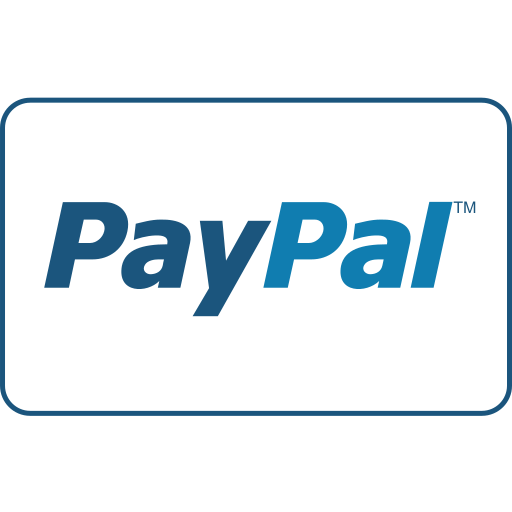
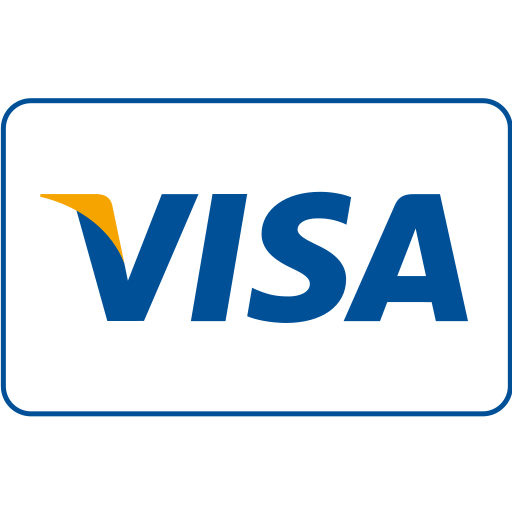
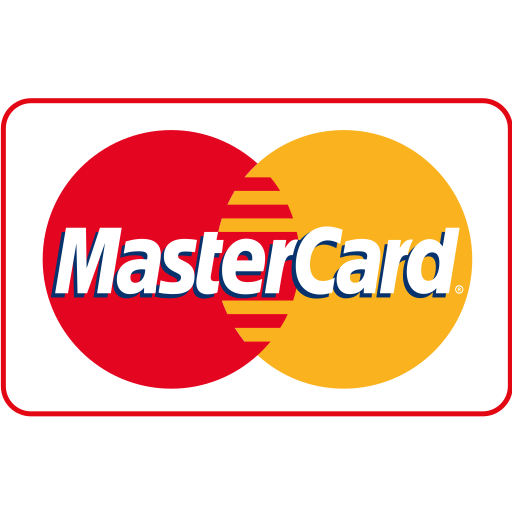
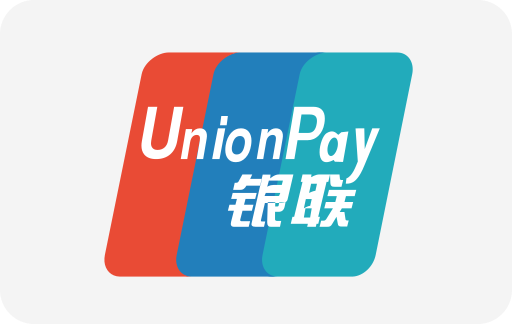
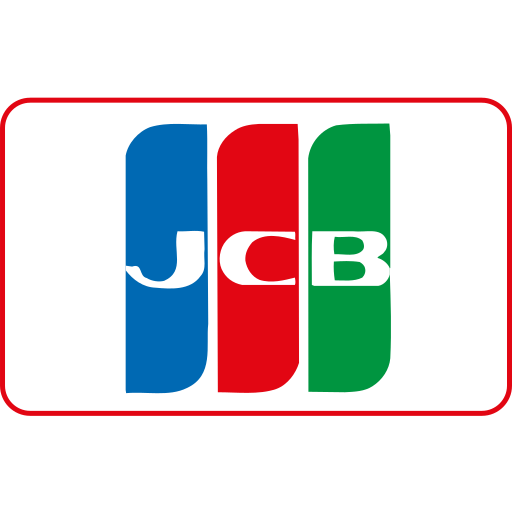



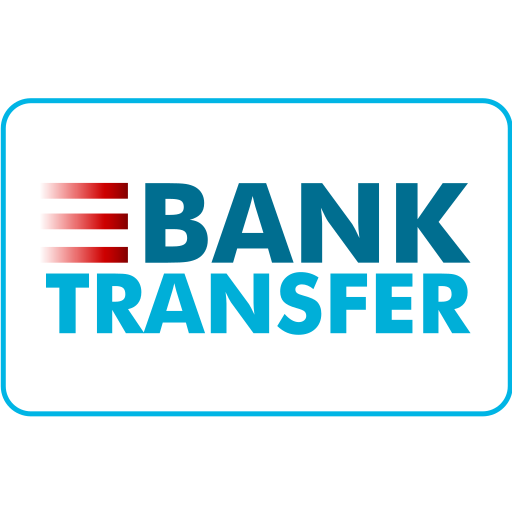
Ang PH Ranking ay nag-aalok ng pinakamataas na kalidad ng mga serbisyo sa website traffic sa Pilipinas. Nagbibigay kami ng iba’t ibang uri ng serbisyo sa trapiko para sa aming mga kliyente, kabilang ang website traffic, desktop traffic, mobile traffic, Google traffic, search traffic, eCommerce traffic, YouTube traffic, at TikTok traffic. Ang aming website ay may 100% kasiyahan ng customer, kaya maaari kang bumili ng malaking dami ng SEO traffic online nang may kumpiyansa. Sa halagang 720 PHP bawat buwan, maaari mong agad pataasin ang trapiko sa website, pagandahin ang SEO performance, at pataasin ang iyong mga benta!
Nahihirapan bang pumili ng traffic package? Makipag-ugnayan sa amin, at tutulungan ka ng aming staff.
Libreng Konsultasyon